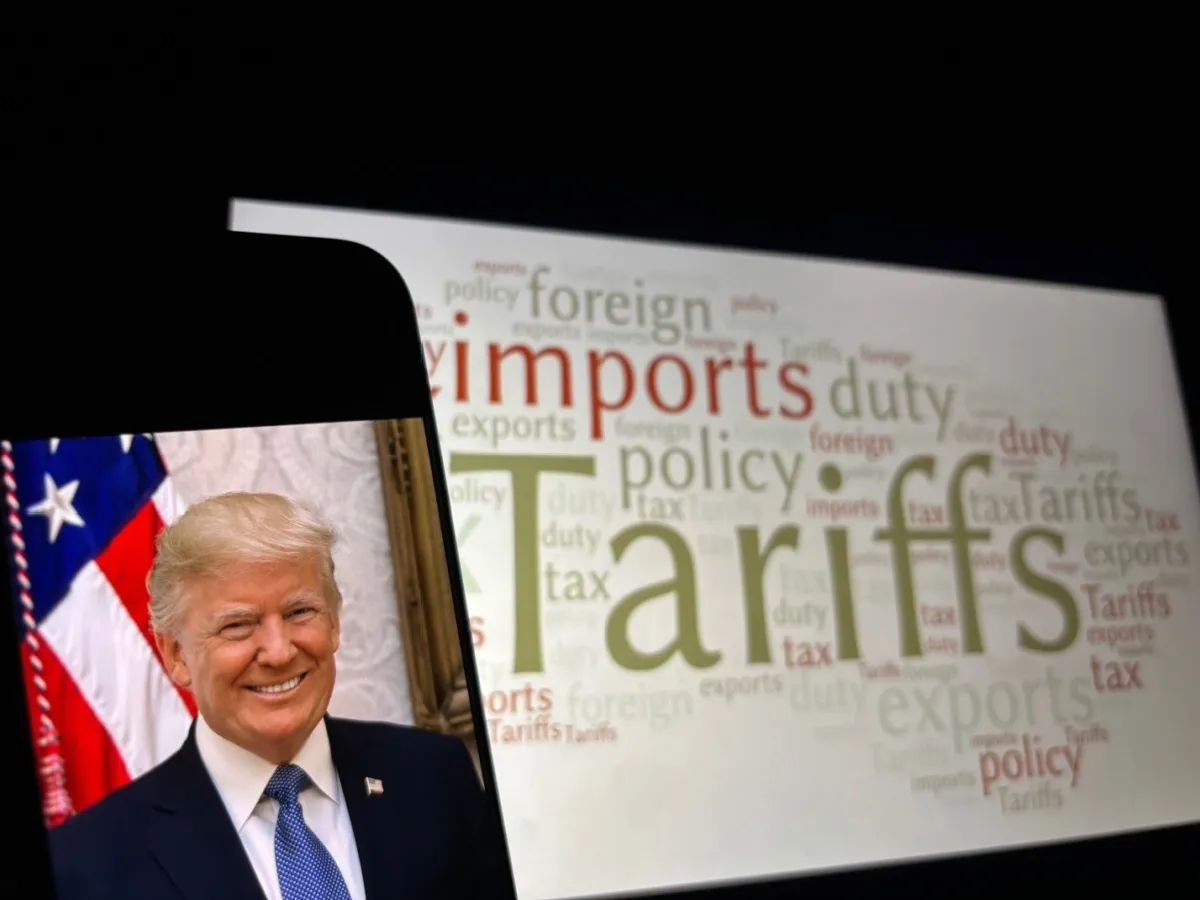Business News
Decoding reciprocal tariffs: Here’s how tariffs were likely calculated and what lies ahead

3 min read | Updated on April 03, 2025, 13:25 IST
SUMMARY
Steep tariff rates have rattled global markets as the severe potential impact of trade war looms on the global economy. However, the calculation of tariff rates remains in debate in social media discussions. In the case of India, the claim of 52% tariffs that India charges to the US is far out of the line with what official data by the WTO suggests.

Decoding reciprocal tariff calculation: Here’s how reciprocal tariffs are calculated; what lies ahead
US President Donald Trump imposed one of the highest tariffs in the history of the global economy as he vowed to “Make America Great Again” by countering trade imbalances with major trading partners. Trump announced a barrage of tariffs on all nations exporting to the US, which includes the base rate of 10% across the board and higher tariffs on select 60 nations.
The list includes names like China at 34%, Japan at 24%, India at 26%, EU at 20% and some small nations like Cambodia, Vietnam face tariffs as high as 49%. Following the tariff announcement, the global market selloff intensified as all key benchmark indices fell in the range of 1-3%. The US stock futures opened nearly 3% lower on Thursday morning. Experts believe the steep tariffs could raise prices and slow down the economy, and potentially lead to a recession.
The tariff also sparked debate about the rationale behind imposing such steep rates. There is also huge confusion about how the reciprocal tariffs were calculated, as they seem to be more than estimated. According to the data released by USTR on March 31, India’s weighted average tariff on the US was 17% as of 2023 under MFN status (most-favoured nation). This has also come down after the Union budget with relaxations, according to media reports. Compared to the 52% tariffs, which the US claims India has imposed on its exports, look way out of the line.
Some rough calculations on social media suggest the tariff rates are calculated based on the trade deficit the US has with the importing nation. These tariffs are calculated to counter the imbalance impact the US has more imports than exports.
In the case of India, 26% tariff was calculated by dividing total trade deficit by the total exports to the US and then imposing half of it as the reciprocal tariff.
Surprisingly, the calculations also come true with all other nations. Here’s a list of nations and their trade deficit as a percentage to US imports
| Country | Tariff charged to the USA | USA discounted tariffs | Trade deficit/US imports |
|---|---|---|---|
| China | 67% | 34% | 67% |
| European Union | 39% | 20% | 38% |
| Vietnam | 90% | 46% | 91% |
| Japan | 46% | 24% | 46% |
| South Korea | 50% | 25% | 50% |
| Taiwan | 64% | 32% | 64% |
The US administration states that tariffs are based on all tariffs and non-tariff barriers other countries impose on US goods. Immediately after the tariff announcements, China condemned the levies and pledged to retaliate with unspecified measures. Further, it has also called the US to lift the tariff measures and resolve the trade issues with equal dialogue.
What lies ahead?
As the calculation of tariff rates remains in debate, nations will try to influence diplomatic powers with other trading partners to mitigate the impact of tariffs. Prices of goods like imported cars, auto parts, agricultural products and more will increase sharply in the US, leading to severe inflation. It will also be a test of diplomacy of India if it manages to get some relaxation in the tariff rates as it tries to engage in dialogue with the US counterparts.
About The Author
Next Story

